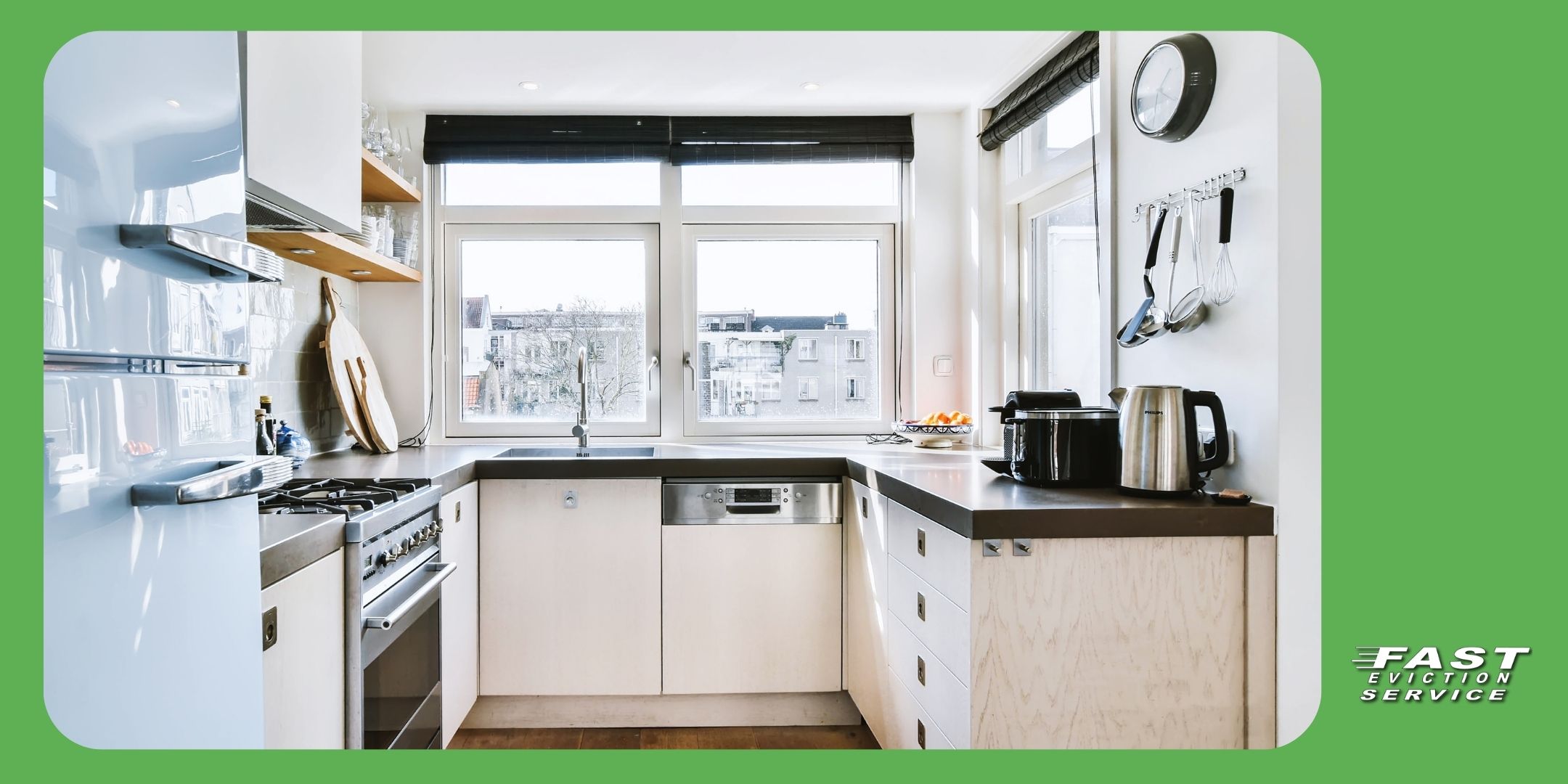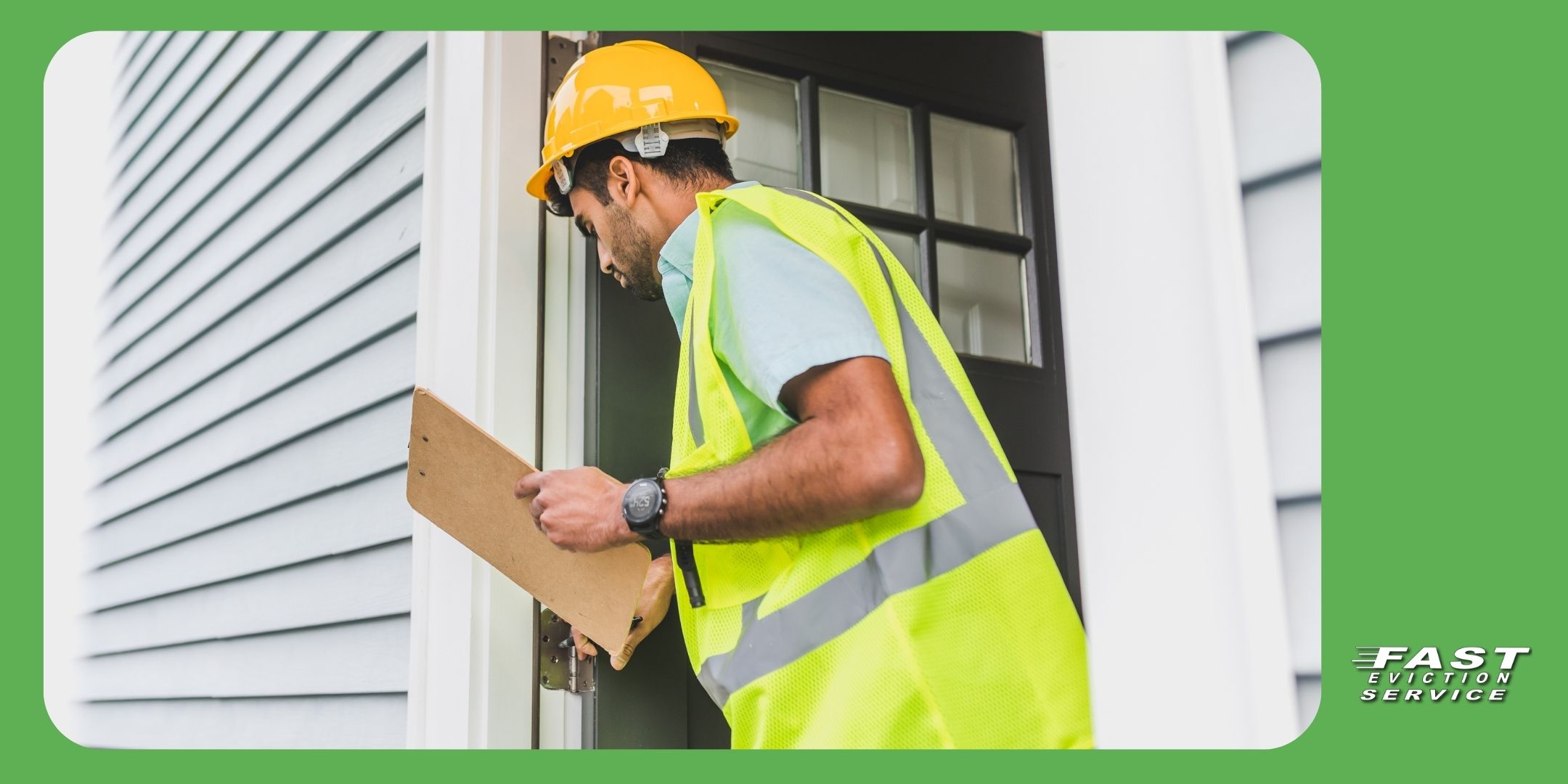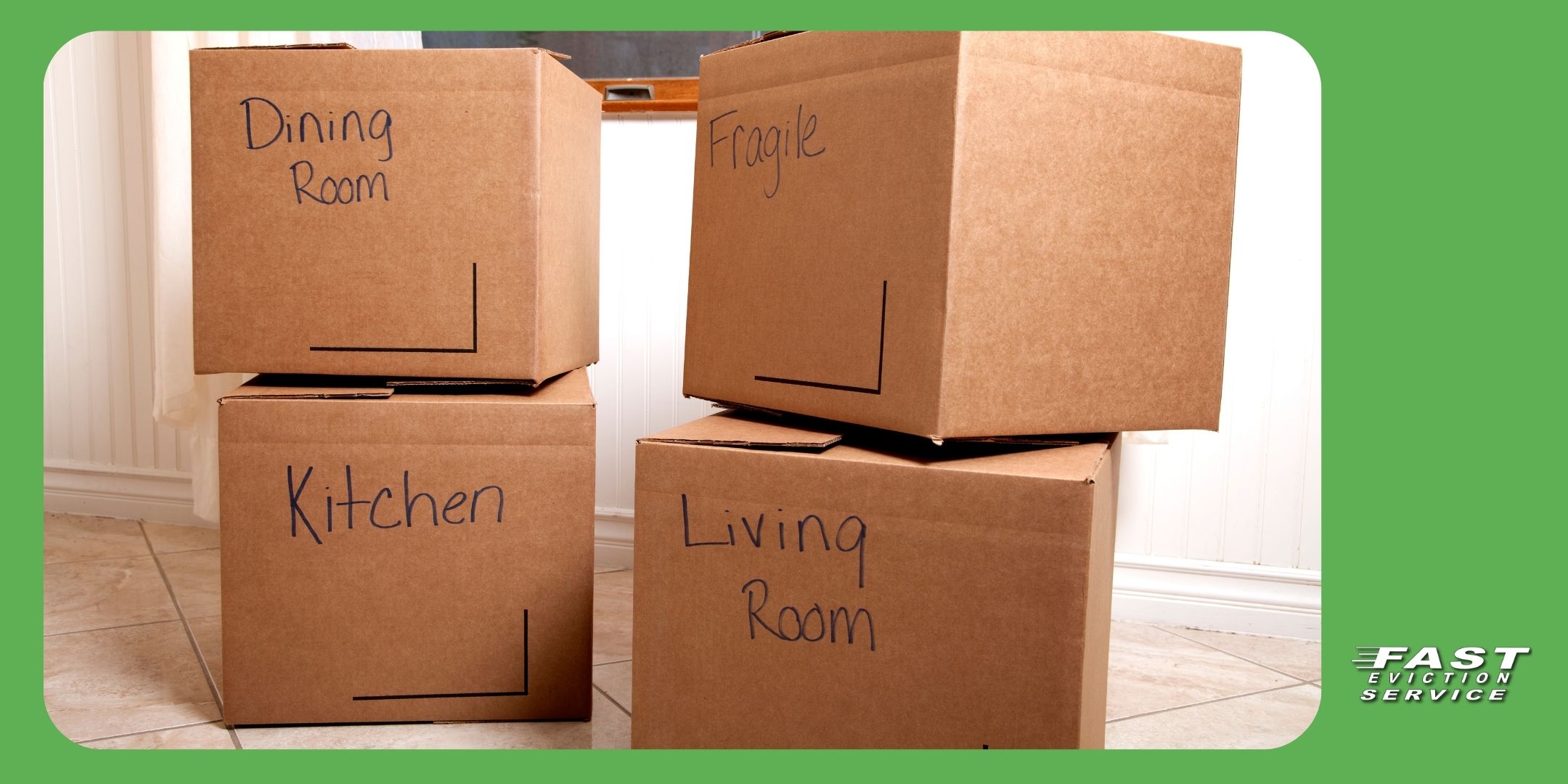Updated 5/16/24
Under certain conditions, California Civil Code 1942 could allow a tenant to legally break their lease for what is considered uninhabitable living situations for a tenant. It is a landlord’s (legal) responsibility to provide a rental dwelling fit for humans to live in. The responsibility does not fall just on the landlord, however, as we will explain what is expected of the tenant to maintain the rental property in habitable conditions.

To begin, we’ll cover the important takeaways of California Civil Code 1942 that goes over the basic concept of “implied warranty of habitability”, landlord and tenant responsibilities and what you can do as a landlord to help protect yourself from mischievous tenants.
What is “Implied Warranty of Habitability” in California?
In California, the implied warranty of habitability means that the landlord is required to provide rental property conditions fit for the occupation of human beings. In other words, the rental property in question must comply and exceed California health and building code standards that materially affect a tenant’s health and safety.
When a landlord fails to comply and the rental property is considered an uninhabitable living situation for a tenant, the tenant has the option to either withhold rent until the issues are fixed, deduct the costs of repair from the rent or break the lease and move out.
Maintenance issues are bound to come up during a tenancy. It should be considered normal operating procedures. A “t” connector in your kitchen could spring a leak. A shingle on your roof could give out causing a leak during a storm. A temporary pile of debris on the property could attract rodents.
What shouldn’t be “normal”, however, is the landlord’s lack of action when a habitability issue is brought to their attention. Or failing to proactively act on providing safer conditions when they know a potentially dangerous situation could occur.
A tenant has legal options when a landlord fails to tend to maintenance requests that could trigger uninhabitable living situations for a tenant. This doesn’t mean that a tenant could shoot a text message on Monday about mold he or she just spotted in the bathroom and move out on Thursday. The landlord is given a “reasonable time frame” to amend any potentially dangerous situations. There is no concrete set time frame, but in California, 30 days is considered to be “reasonable”.
What is considered Uninhabitable in California?
Remember, it is the landlord’s responsibility, under the implied warranty of habitability, to provide living conditions to their tenants that are fit for the occupation of human beings. Here are some examples of uninhabitable living situations for tenants:
- Any situation that could directly affect the health or safety of a tenant.
- Persistent mold issues due to a leak in the bathroom or kitchen.
- The use of toxic products such as lead paint or asbestos.
- Failure to remove debris in a common area which causes bug or rodent infestations.
- Sewage leaks.
- Malfunctioning heater.
- The presence of harmful bacteria.
- Inadequate lighting or proper maintenance of benches, sidewalks, etc in common areas on the landlord’s property.
- Malfunctioning door and window locks. (this includes if your tenant’s home was broken into. You should fix broken doors and windows immediately.)
Landlord Responsibilities for Habitable Rental Property
Before a landlord could place a “For Rent” sign on the window or place an ad in the paper, there are minimum requirements that must be met to consider the rental property habitable for a tenant. According to California Civil Code 1941, these are:
- Provide adequate waterproofing and weather protection of roof and exterior walls. In other words, no leaks through the roof, walls, windows or doors.
- Properly maintained plumbing and gas installations.
- Properly maintained heating appliance.
- Properly maintained electrical lighting and wiring.
- Provide sanitary property grounds free of debris, garbage, rodents and vermin.
- A place or receptacle to properly dispose of garbage.
- Floors, stairways and railings in good repair.
- Locking mail receptacle for each tenant.
- Correctly install deadbolt locks on each entry door of the rental unit.
- Provide adequate and functioning window locks.
Tenant Responsibilities for Habitable Rental Property
The tenants aren’t off the hook when it comes to maintaining rental property in habitable conditions. Once the landlord and tenant sign the lease, the tenant is responsible for keeping the rental the best they can by agreeing to:
- Keep the rental property as clean and sanitary as the rental allows.
- Properly dispose of thrash and avoid the accumulation of rubbish, garbage and other waste.
- Knowing how to properly use and operate electrical, gas and plumbing fixtures.
- Not allow themselves or anyone on the property to willingly cause damage to the property.
- Use the premises as they were designed to be used. (i.e. kitchen area as a kitchen, bathroom as a bathroom, etc)
Tips to Prevent Uninhabitable Living Situations for a Tenant
You’re bound to run into all sorts of situations with your tenants. Most tenants want to work on having a great landlord/tenant relationship and tenancy. You’ll eventually run into a tenant who wants to take advantage of you or certain situations and try to make your life impossible as a landlord.
With that said, the very first thing you could do as a landlord to prevent uninhabitable living situations is to make sure your lease goes over the tenant’s responsibility to report maintenance issues to you.
- Make sure you provide examples on common areas to look for such as hallway carpeting, bathroom areas where mold could possibly build up, common issues in the kitchen, etc.
- Ensure that your tenant understands what could be considered an uninhabitable living situation for them.
- Provide information on how the tenant is to report maintenance issues and what to do in case of an emergency. (major floods, gas leaks, roof damage, etc)
- You can also provide what your “reasonable time frame” is for tending to maintenance requests.
- Explain how common areas are to be used.
Next, you could really help future proof any tenant trying to scam you by having your tenant do a move-in inspection. During this inspection, take pictures of how the rental property was handed over at the time the lease was signed. You should have the tenant sign (if not mentioned in your lease) a move-in inspection checklist that goes over every room, bathroom, kitchen, condition of walls, door knobs, locking mechanisms, windows, carpet, etc. You want to go over kill with this step to ensure you can prove that you held up your end and offered your tenant a habitable living space.
Keep detailed track of every maintenance request your tenant makes, whether it’s reasonable or not and the final resolution. If your tenant requested maintenance on a leaky kitchen faucet, make sure you fix it immediately and collect proof (a picture, receipt from a store, invoice from your service provider or have the tenant sign a document.)
If your tenant requests something that is not reasonable, such as demanding that you swap the formica countertops in good shape for granite ones, make sure you have a system in place where you can keep track and provide evidence if needed. (such as screenshots of text messages or printed emails.)
You should perform routine inspections to prevent uninhabitable living situations for your tenant. Not all tenants will report issues to you. Err on the side of caution and routinely inspect your rental unit and keep track of any maintenance issues you found which your tenant failed to report. Take pictures of anything you see that could help you later in case your tenant wants to take you to court.
Even though California is a pro tenant state, a landlord has to nearly be criminally negligent for a court to side with the tenant when it comes to proving an uninhabitable case. A lot of things must happen for a tenant to easily get off the hook on their lease agreement. It isn’t to say you’re bound to get a tenant who is willing to do anything to do so. This is why it’s so important to leave a paper trail and protect yourself from a tenant who is claiming uninhabitable living situations.
Are you dealing with a tenant who is claiming that their rental property isn’t fit for human occupation? We can help. Contact our office for more information.





